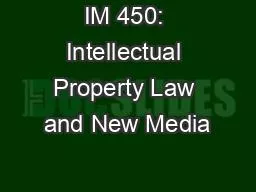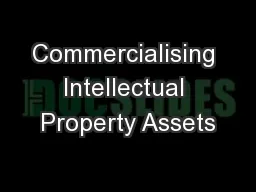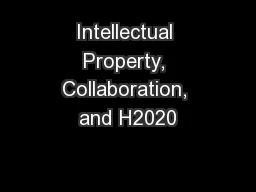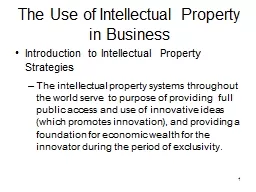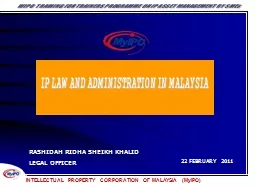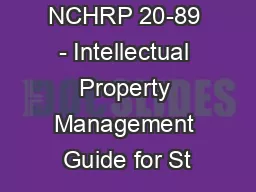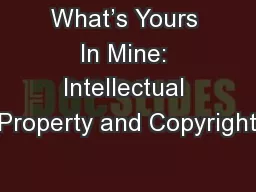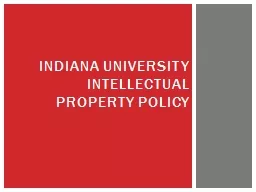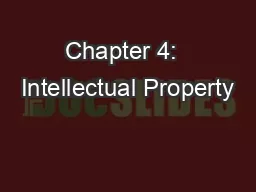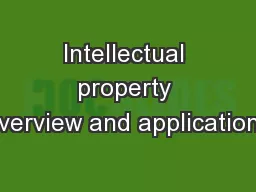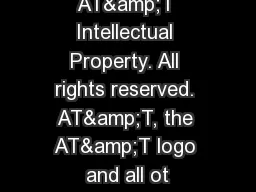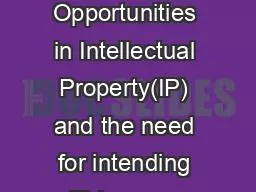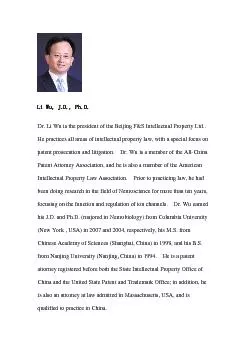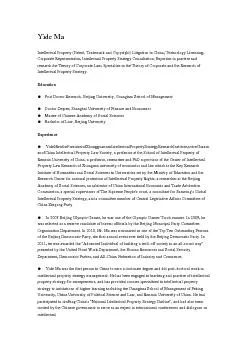PPT-IM 450: Intellectual Property Law and New Media
Author : desiron | Published Date : 2020-06-23
Introduction to Copyright Day 4 2013 2014 2015 2017 2018 Ed LamoureuxSteve Baron Notes on the reading esp the opening examples Some in the content industries believe
Presentation Embed Code
Download Presentation
Download Presentation The PPT/PDF document "IM 450: Intellectual Property Law and Ne..." is the property of its rightful owner. Permission is granted to download and print the materials on this website for personal, non-commercial use only, and to display it on your personal computer provided you do not modify the materials and that you retain all copyright notices contained in the materials. By downloading content from our website, you accept the terms of this agreement.
IM 450: Intellectual Property Law and New Media: Transcript
Download Rules Of Document
"IM 450: Intellectual Property Law and New Media"The content belongs to its owner. You may download and print it for personal use, without modification, and keep all copyright notices. By downloading, you agree to these terms.
Related Documents

